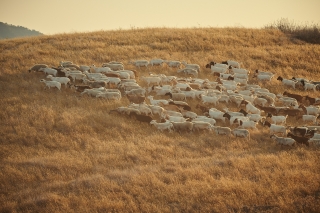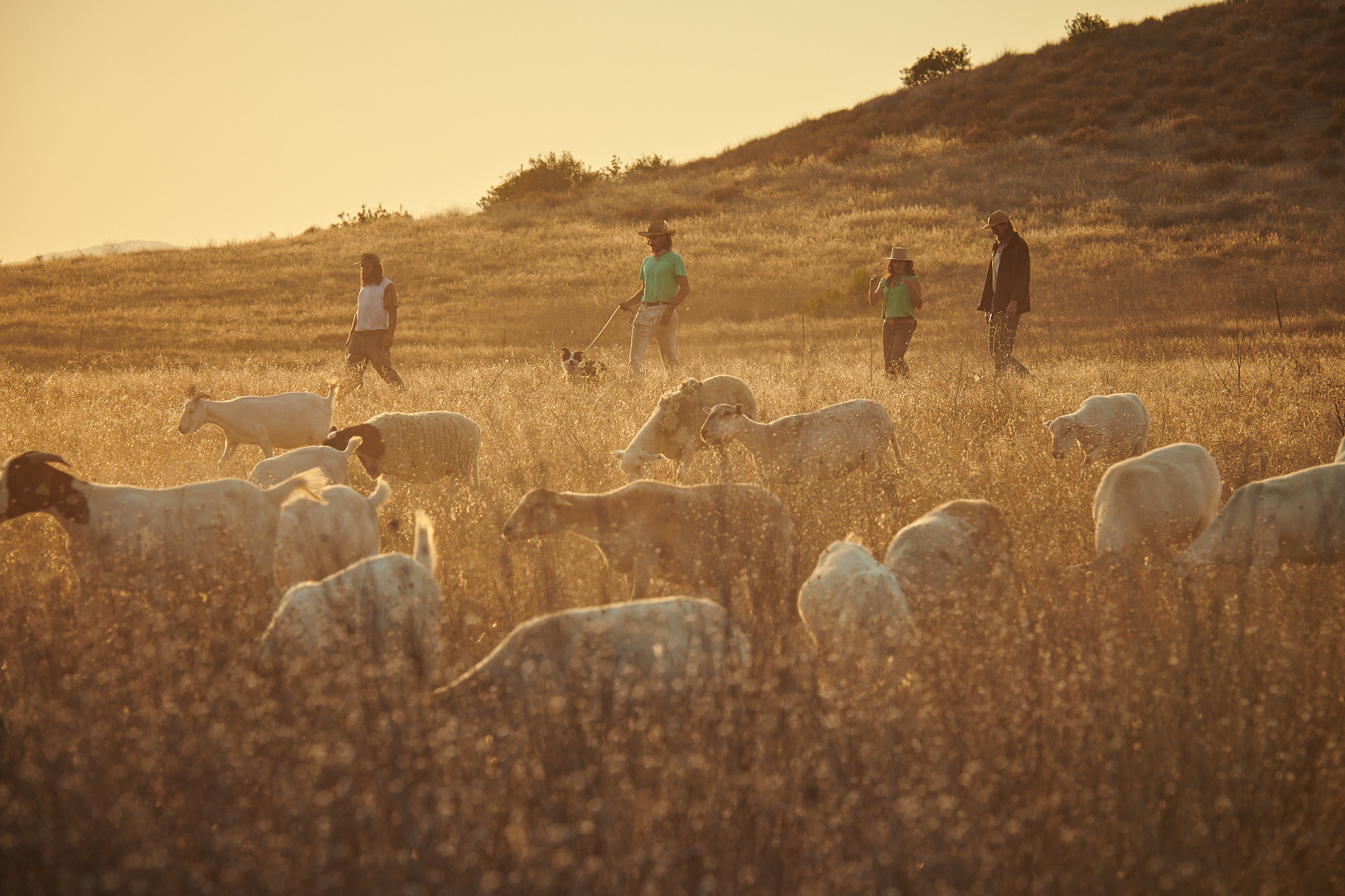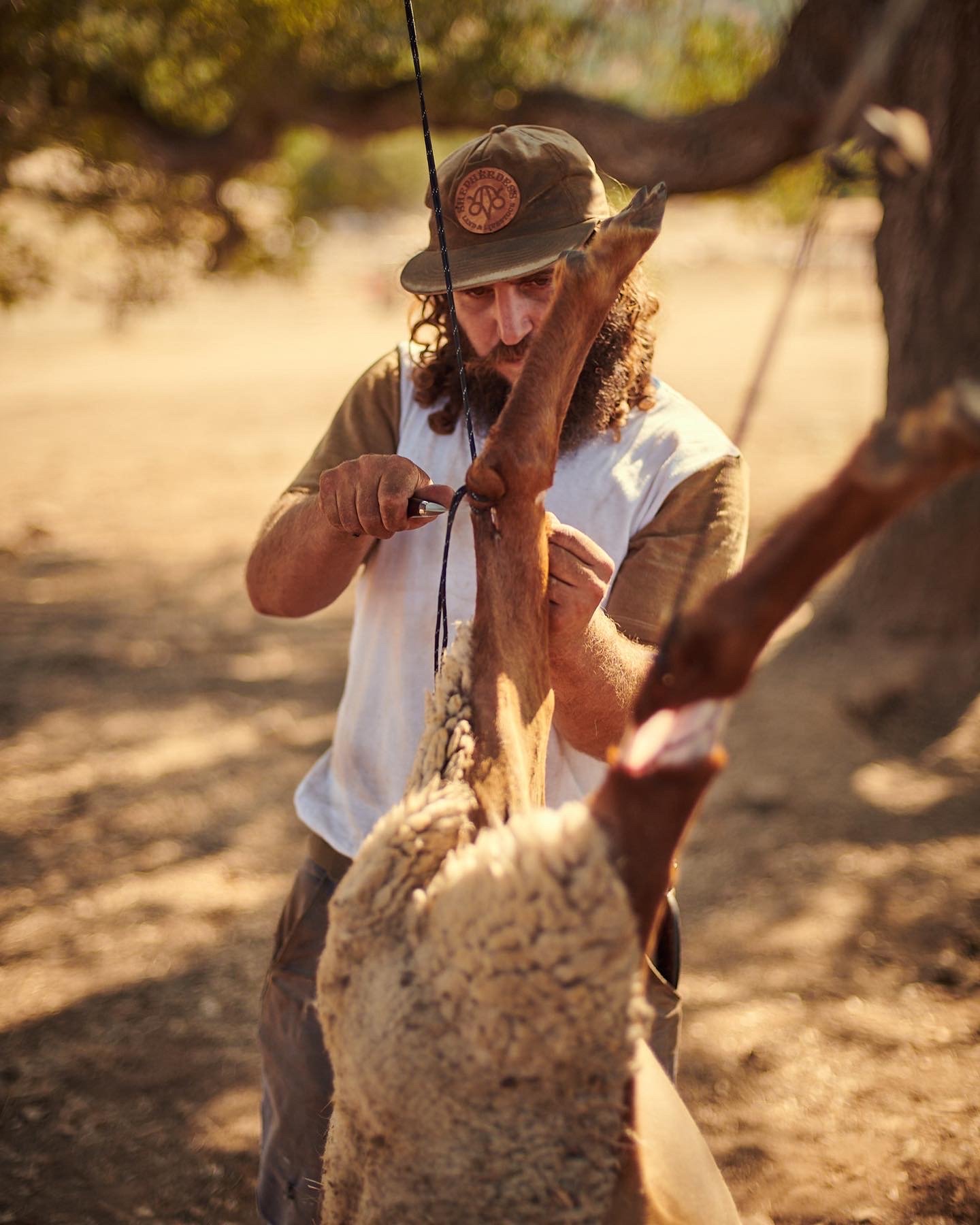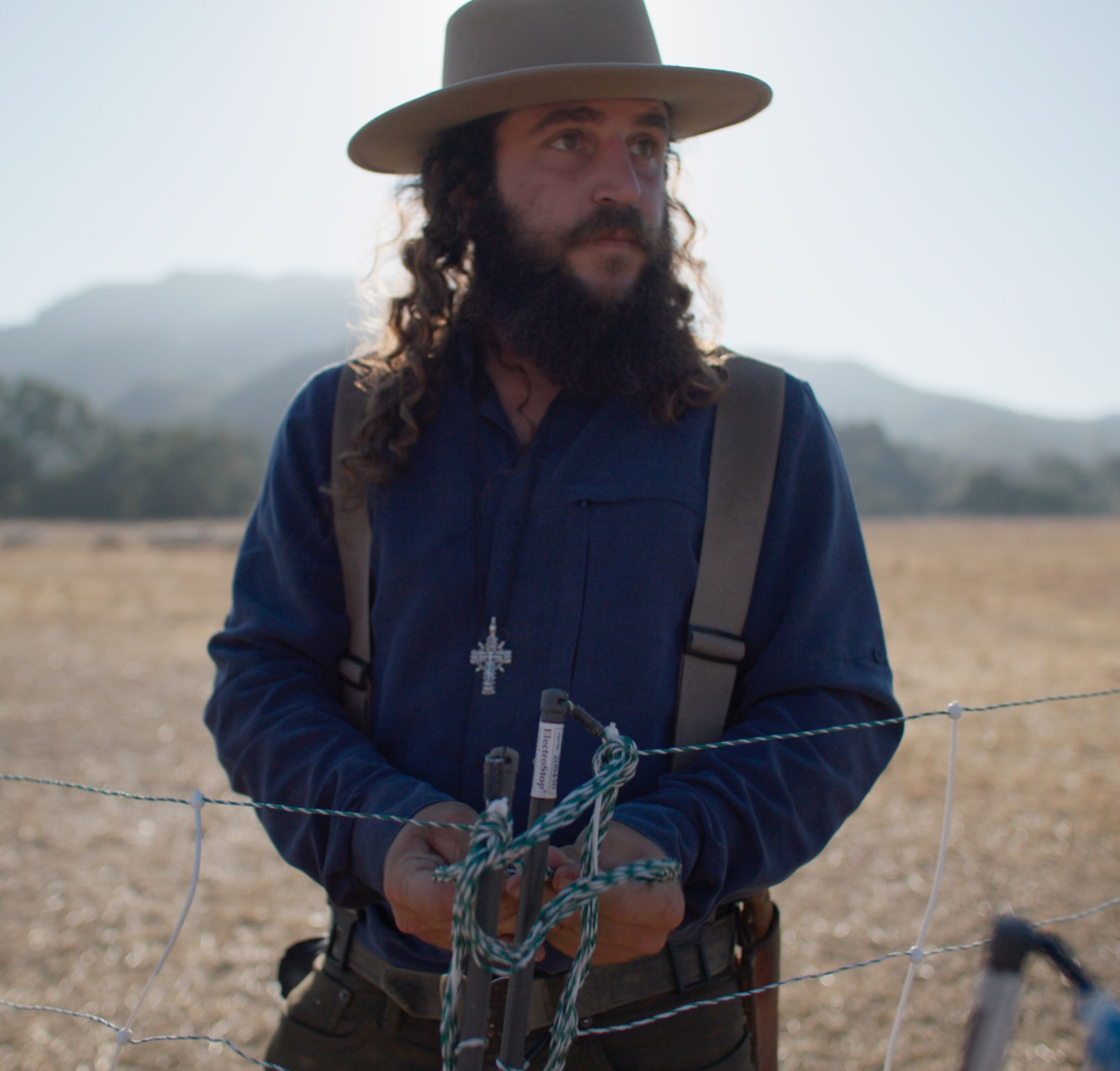
Rotating Grazing Sheep Herds Produces Win-Win Benefits in Modern Times
05 September 2023Shepherd Dylan Boeken views raising sheep through a holistic lens.
By Lisa Parrish, GMC Editor
Life in Southern California’s Ojai Valley is usually hot and dry. Located in the Topatopa Mountain Valley, locals can only count on rain a few months during the year. As the annual and perennial grasses grow in the dry Mediterranean-like climate, fears of fire and other difficult dry-weather conditions are on the minds of those who live and farm in the valley today.
 It wasn’t always this way. Settled in 1837, the land was marked by fruit trees, grapevines, honey and flowers. Dylan Boeken, a modern-day shepherd, described a story he heard about Spanish cowboys who first lived on the land and rode through the valley with tall grasses up to their horses’ shoulders. Natural grazers, such as cattle, helped maintain natural biodiversity and encouraged the flourishing fauna.
It wasn’t always this way. Settled in 1837, the land was marked by fruit trees, grapevines, honey and flowers. Dylan Boeken, a modern-day shepherd, described a story he heard about Spanish cowboys who first lived on the land and rode through the valley with tall grasses up to their horses’ shoulders. Natural grazers, such as cattle, helped maintain natural biodiversity and encouraged the flourishing fauna.
Today, Shepherdess Land and Livestock utilizes holistic land and animal techniques to create a win-win solution for its nearly 1,000-sheep herd and Ojai Valley and Los Angeles county grazing clients. The company keeps native grasslands thriving while raising and selling lamb. Lead shepherd Boeken said that through contract grazing – or hiring a portion of the sheep herd to graze in a specific, fenced pasture – helps nourish the growth of native plant species, recycles valuable soil nutrients and adds carbon back to the soil. Grazing on a plethora of grasses and plants keeps sheep healthy and helps develop a flavorful meat profile.
The key, according to Boeken, is portable, electrical fencing. “Shepherds play the role of predators,” he said. Even though there are still coyotes, mountain lions and bears in the valley, sheep have very little motivation to move and will eat grasses and brush down to the soil. “By staying too long, the sheep will bankrupt plants’ roots,” he said. Through portable fencing and herding dogs, Boeken and his shepherd coworkers continually keep the herd eating and moving. During the process, sheep self-select the food they consume.
“Sheep intuitively know what nutrients they need. If they are deficient in a nutrient, they will seek out a plant that gives it to them,” CEO and founder of Boek House Hearth and Husbandry commented. Boeken is also a butcher and said the benefits of sheep with a varied diet are obvious. “When you butcher a healthy animal, there are thick layers of a tube-like membrane called caul fat. This fat helps transport nutrients throughout the animal,” he said. “I’ve done autopsies on animals to find out about their health and their caul fat was 100 percent not there. They were unhealthy animals.”
Beyond the benefits to animals’ health, returning grazing animals to this natural environment has a positive impact including fire mitigation, soil health, weed control and general brush removal.
Grazing animals enhance the soil profile by adding organic matter in the form of easily absorbed urine and feces. It also contributes to controlling fire hazards by reducing the amount and distribution of grasses as fuel. “Grazing lowers the fuel for fires. They (the fires) are less intense. It also lowers the chances of the canopy catching on fire,” he said.
The sheep’s voracious appetites for grass and weeds help reduce the non-native plants and allow native plants to regenerate. Perennial native plants are beneficial to the soil because of their extensive root patterns. “Soil health is better as the perennial plants carry more water and nutrients,” Boeken said.
 Through Boeken’s work as a shepherd and butcher, his passion for properly managing the land with grazing animals is apparent. He is committed to feeding patterns that are not only regenerative to the land but also create nutrient-dense, flavor-filled products from tail to snout.
Through Boeken’s work as a shepherd and butcher, his passion for properly managing the land with grazing animals is apparent. He is committed to feeding patterns that are not only regenerative to the land but also create nutrient-dense, flavor-filled products from tail to snout.
“The animal is not built just of steaks. There are other parts like legs, loins, shanks, kidneys, stomach and liver just to name a few,” he said. “Every part of the animal has something to offer.”
He suggests chefs re-examine some more recent cultural culinary trends. “In general, mutton (a sheep that is beyond two years old) is more tough. But, ground mutton tastes great in stews and other slow-cooked dishes,” he said. He continued that some consumers describe meat raised on corn as not gamey. “I say lean into the gamey flavor because that’s the flavor of the meat and not corn. I also suggest leaning into vintage meats like mutton.”
Another cooking technique he suggests is wrapping a lean cut of meat such a leg or loin with caul fat. “This is a lost part of the culinary experience,” he said.
